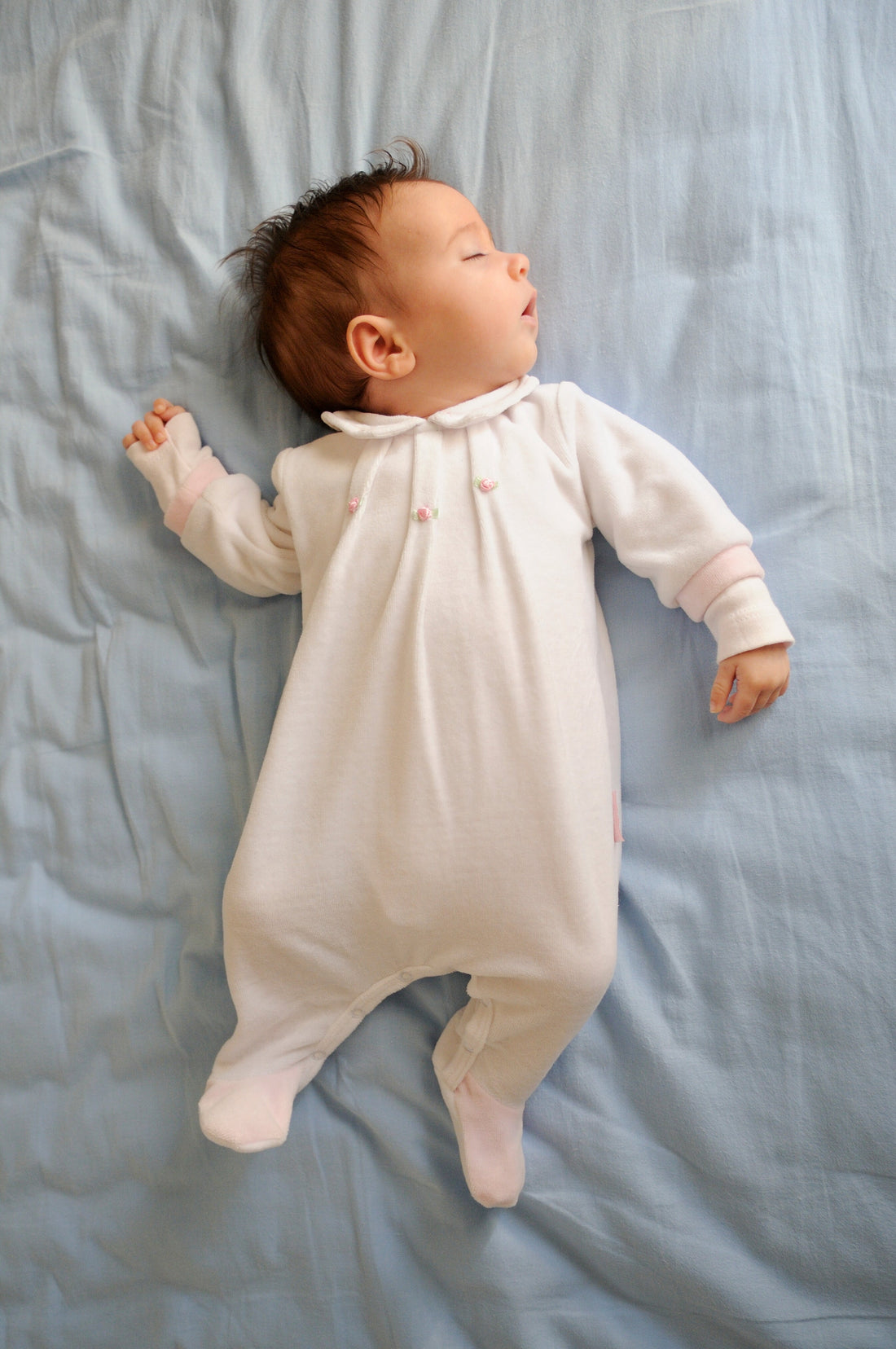
Why Do Babies Need Stimulation? Let’s Dive In!
Share
When your little bundle of joy arrives earthside, life as they knew it dramatically changes. One minute they’re snug as a bug in your belly, warm and fed on demand, floating in the ultimate spa experience — and the next? Bright lights, loud sounds, hunger pangs, and a whole new world to figure out. Phew, no wonder they cry!
Sometimes that crying means "I'm hungry" or "I need a nap" — and sometimes, it's just "Help! This world is a lot!" Babies are constantly processing so much sensory input, and it can all be a bit much. That’s where the magic of the right kind of stimulation comes in.
Building Baby Brains: It’s All About the Right Rhythm
Your baby’s brain is growing at lightning speed. But here’s the thing — they haven’t yet mastered how to manage all these new sensations. That’s where we, the grown-ups, come in! We help them navigate their day with the right kind of stimulation at the right time. Think of it like tuning into their natural rhythm — learning when they’re ready to play, when they need to rest, and when it’s time for cuddles.
Let’s break it down into simple stages that you’ll start to recognise as part of your baby’s natural daily flow:
🌙 Stage One: Drowsy (Aka Wake-Up Wiggles)
They’ve just woken up and need a slow start. Gentle cuddles, soft voices, and a feed in a calm space are perfect here. Keep it low-key, mama!
✨ Stage Two: Calm-Alert (Hello There, World!)
Your baby is awake and quietly taking it all in. They’re not ready to kick and play just yet, but they are ready for your lovely voice, your smile, and a good old chinwag. This is your golden moment for bonding and simple interaction — think soft songs, gentle words, and lots of eye contact. The best kind of FaceTime!
🧸 Stage Three: Active-Alert (Let’s Play!)
Now we’re talking! Your baby is awake, wriggly, and ready for action. This is the perfect time to bring out your Big Dreams Club toys and explore together. From black-and-white sensory cards to rattles and soft activity toys, this is the “learn and grow” part of the day. But remember — babies don’t know when enough is enough. If you see signs of fussiness, yawning, or them turning away, it might be time to wind down.
😴 Stage Four: Back to Sleep (Shhh…)
Time to recharge! Babies need a soothing, calm space to transition from play to nap. Just like us, a little quiet goes a long way toward a restful snooze.
Stimulation: Why It Matters (and How Much is Too Much?)
Here’s the deal: babies love to learn. But too much of a good thing? Not so great. Their tiny nervous systems are still figuring things out, and they can get overstimulated easily — especially in environments with too many toys, too much noise, or too many new sensations at once.
On the flip side, babies can also be under-stimulated. If they’ve been staring at the same ceiling fan for a while and suddenly fuss or cry — they might be craving a change. Add a new toy or switch things up, and if they light up in response? You’ve got yourself a curious little explorer!
What Causes Overstimulation?
Let’s recap the main culprits:
-
Too much sensory input (lights, sounds, movement… chaos!)
-
Skipping naps or being overtired
-
Lack of routine or predictability
When your baby cries and nothing seems “wrong,” they might just need a break from all the input. Calm them down with some rocking, dim the lights, and try a quieter space.
Can a Baby Be Under-Stimulated?
Absolutely! Babies are born curious, and if they don’t get enough sensory interaction, they’ll often let you know — cue the fussing and the “I’m bored!” cries. Try introducing something new, like a different toy, texture, or sound. Play is how babies learn, so providing them with variety throughout the day is super important for their brain development.
How Long Should My Baby Be Awake?
Every baby is different, but here’s a quick guide to typical awake windows:
| Age | Awake Time |
|---|---|
| 0–2 months | 45 min – 1 hour |
| 2–4 months | 90 minutes |
| 4–6 months | 2.5 hours |
| 6–9 months | 3 hours |
| 9–12 months | 4 hours |
It takes time to get to know your little one’s unique rhythm — and no one gets it right all the time! But by understanding these patterns, you can support your baby’s development and keep things fun and fuss-free (most of the time 😉).
Let the Play Begin!
With the right tools, a little knowledge, and lots of love, you can help your baby explore, learn, and thrive — one cuddle, one toy, and one nap at a time.
💛 Ready to get started? Check out our Educational Bundles – expertly curated for every age and stage. Let the magic of play begin!
